March 27, 2024
WTO TBT Committee Adopts New Guidelines to Support Conformity Assessment and International Trade

Conformity assessment is a critical aspect of international trade, assuring that products and services meet required standards and regulations. At the recent meeting of the Committee on Technical Barriers to Trade (TBT), World Trade Organization (WTO) members adopted new guidelines (G/TBT/54) to help regulators worldwide choose and design conformity assessment procedures that meet their needs and minimize barriers to trade.
The G/TBT/54 guidelines provide best practices to assure that conformity assessment procedures, which verify compliance with technical regulations and standards, do not create unnecessary barriers to international trade. By providing clear guidelines, the TBT Committee aims to promote smoother trade relations between countries and reduce the risk of trade disputes related to technical barriers.
The guidelines document is the result of a three-year initiative of the TBT Committee, with Jennifer Stradtman of the Office of the United States Trade Representative (USTR) coordinating U.S. input. It recognizes the critical role of ISO Policy Development Committee for Conformity Assessment (CASCO) standards and guidelines, and is intended to increase trust between different regulatory systems.
ANAB and the WTO Guidelines
ANAB supports many elements of the G/TBT/54 guidelines by providing trusted and accepted conformity assessment results in over 80 countries. According to the G/TBT/54 guidelines, “confidence in conformity assessment bodies can facilitate trade by contributing to the acceptance of conformity assessment results.” ANAB operates in accordance with ISO/IEC 17011 and accredits conformity assessment bodies to CASCO standards that define requirements of competencies, referenced in the guidelines, often augmented by additional requirements from regulators. Use of these international standards provides confidence in the competence and impartiality of all ANAB-accredited organizations for regulators and those in the supply chain.
Additionally, the G/TBT/54 guidelines specifically call out use of multilateral recognition arrangements, such as the International Accreditation Forum (IAF) and the International Laboratory Accreditation Cooperation (ILAC), which “reinforce the acceptance of conformity assessment results.” As a signatory of IAF and ILAC, ANAB is doing its part to support the TBT Agreement, facilitate trade, and provide trusted, neutral, and evidence-based conformity assessment results.
“These guidelines reflect the growing impact and effectiveness of conformity assessment in facilitating trade over the past 20 years,” said Warren Merkel, ANAB vice president, policy. “ANAB is committed to furthering the principles of the TBT agreement as we meet the increasingly complex challenges of conformity assessment moving forward.”
Adoption of these guidelines reflects ongoing efforts of WTO members, including the U.S., to improve the transparency and effectiveness of conformity assessment procedures. It also underscores the commitment of the WTO to facilitate trade and promote economic development worldwide.
WTO TBT and the U.S. Standards System
In an effort to help international standards work more effectively for global trade, the WTO TBT Committee in 2000 adopted the Six Principles for the Development of International Standards, which are widely followed by standards bodies seeking international relevance. These principles—transparency, openness, impartiality and consensus, effectiveness and relevance, coherence, and development dimension—are recognized and embraced in the United States Standards Strategy (USSS), which guides how the U.S. develops standards and participates in the international standards-setting process. Learn more in the WTO news release: TBT Committee adopts guidelines on certification, transparency in follow-up to MC13.
